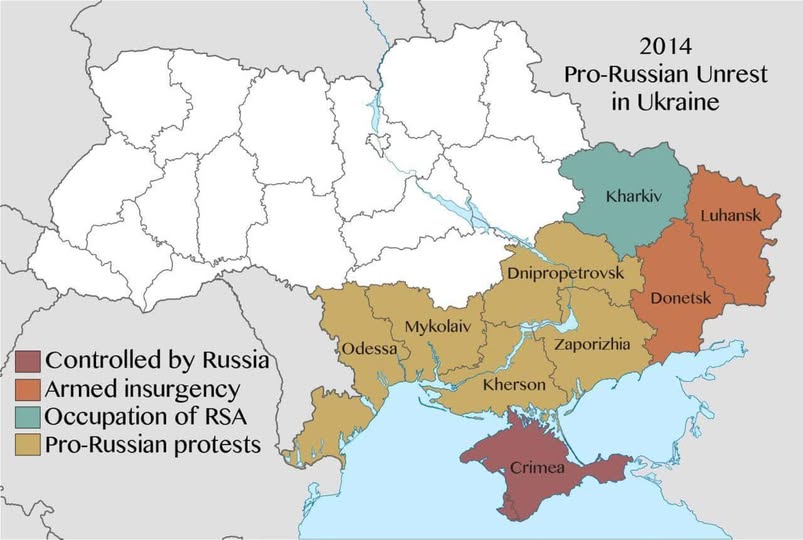

Uyghur Bookshelf
The Kushan Empire (c. 30 CE – 375 CE) was one of the most significant empires in Central Asia and South Asia during the early centuries of the Common Era. It was instrumental in connecting the East and the West, facilitating the flow of goods, ideas, and cultures across a vast area of India, Central Asia, and China. The Kushans played a pivotal role in the cultural and economic exchanges along the Silk Road, making them one of the most influential empires in the region.
1. Origins of the Kushan Empire
The Yuezhi Confederation: The Kushan Empire originated from the Yuezhi people, a group of nomadic tribes that had lived in the region around the Tarim Basin (modern-day Xinjiang, China). The Yuezhi were initially part of the larger Indo-Scythian migration and settled in the regions of Gandhara (modern-day Pakistan and parts of Afghanistan) and Kashmir.
Kushan Kings: The Yuezhi eventually formed the Kushan dynasty, which came to power in the early 1st century CE. The first notable king was Kujula Kadphises (r. c. 30-80 CE), who united the Yuezhi tribes and expanded their territory. His successor, Vima Takto, further consolidated the empire's control over the region.
Kanishka the Great: The most famous of the Kushan rulers was Kanishka the Great (r. c. 127-150 CE). He is considered one of the most powerful and influential rulers in the history of South Asia. Under his rule, the Kushan Empire reached its peak, both territorially and culturally.
2. Territorial Extent of the Kushan Empire
The Kushan Empire stretched across a vast region, from Central Asia in the north to Northwest India and parts of Pakistan in the south. Its boundaries included:
Central Asia: The empire controlled parts of modern-day Afghanistan, Tajikistan, Uzbekistan, and Kyrgyzstan.
South Asia: It held territories in Gandhara (modern-day Pakistan) and the Indus Valley, extending as far south as the Deccan Plateau in India.
Silk Road: The empire played a crucial role in controlling and promoting trade along the Silk Road, connecting the Indian subcontinent to the Roman Empire, China, and beyond.
3. Economy and Trade
Silk Road: The Kushans were central players in the Silk Road trade routes, facilitating the exchange of goods, culture, and ideas between the East and West. They acted as intermediaries between the Chinese, Parthians, and Romans, which helped establish their empire as a thriving hub for trade.
Goods Traded: The Kushans traded a wide variety of goods, including silk, spices, precious metals, gems, and textiles. Roman coins have been found throughout the empire, demonstrating strong economic ties with the Western world.
Minting Coins: The Kushans are also known for their extensive coinage. They minted gold, silver, and copper coins that depicted their kings and gods. These coins not only served as currency but also as symbols of Kushan sovereignty and religious identity.
4. Culture and Religion
Religious Tolerance: The Kushan Empire was known for its religious pluralism and tolerance. Kanishka, in particular, is remembered for his promotion of both Buddhism and Hinduism, as well as his interaction with other religious traditions, including Zoroastrianism and Greek polytheism.
Buddhism: The Kushans played a crucial role in the spread of Buddhism across Central Asia and into China. King Kanishka is credited with supporting Buddhist monasticism and sponsoring Buddhist art, particularly the Gandhara School of Art, which blended Greek and Indian artistic styles.
Gandhara Art: The art of Gandhara, influenced by both Greco-Roman and Indian styles, is famous for its sculptures and reliefs depicting the life of the Buddha. This unique style of art flourished during the Kushan period and has had a lasting impact on Buddhist art throughout Asia.
Greek Influence: Due to the earlier Greek rule in the region (the Greco-Bactrian Kingdom), the Kushans inherited many Greek cultural elements. The influence of Greek culture is evident in Kushan coinage, art, and architecture.
5. Decline of the Kushan Empire
The decline of the Kushan Empire began in the 3rd century CE, largely due to internal strife and external pressures:
Internal Conflicts: The empire faced several internal challenges, including dynastic struggles and the fragmentation of power within the ruling elite.
External Pressures: The Sassanid Persians in the west, along with invasions from the Hephthalites (White Huns), put increasing pressure on the Kushans. The empire began to lose territory in the north and south, and by the mid-3rd century, its power had significantly waned.
Fall of the Empire: By the end of the 3rd century CE, the Kushan Empire had effectively dissolved, with its territories being absorbed into various other states and empires, such as the Gupta Empire in India and the Sassanid Empire in Persia.
6. Legacy of the Kushan Empire
Cultural and Religious Influence: The Kushan Empire's contributions to the spread of Buddhism and the flourishing of Gandhara art continue to be recognized as significant achievements. The Kushan rulers facilitated the exchange of ideas and cultures across continents, particularly through their support of trade along the Silk Road.
Political Legacy: The legacy of the Kushans as rulers of a cosmopolitan and multi-ethnic empire influenced the political structures of later empires in the region, particularly the Gupta Empire in India, which adopted many aspects of Kushan governance.
Conclusion
The Kushan Empire was a remarkable empire in the history of Central and South Asia. At its height, it connected the East and the West, thriving as a commercial and cultural hub. The Kushans played a crucial role in the development of Buddhism, art, and trade, leaving an enduring impact on the history and culture of the regions they ruled.
Read MoreAuthor: Saikat Bhattacharya
Historical General 17-January-2025 by east is rising





